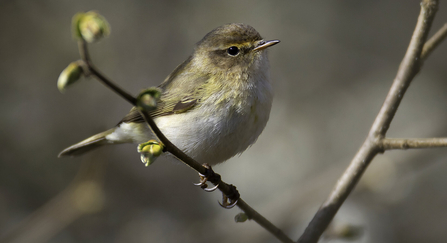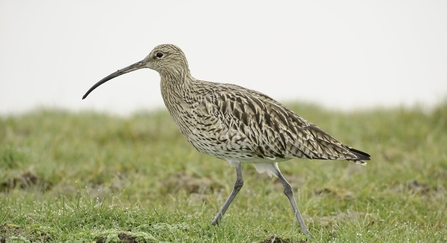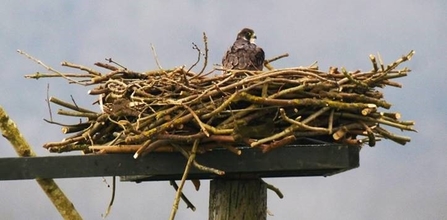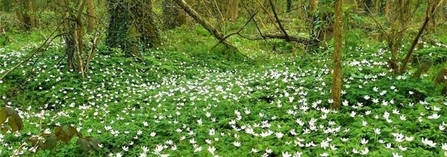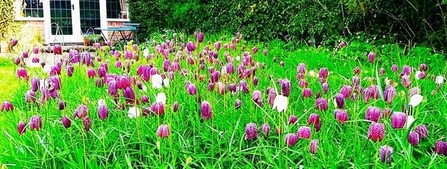Spring moves on apace even though the weather leaves a lot to be desired.
Migrant arrivals
The first swallows have been seen including one flying north over our Wyver Lane reserve near Belper.
Flocks of up to 50 sand martins have gathered over wetlands searching for insects hatching out from the water.
A couple of ospreys have been recorded flying north and several wheatears and a few ring ouzels have been seen.
However the migrant you are most likely to encounter on a local walk is the chiffchaff.

